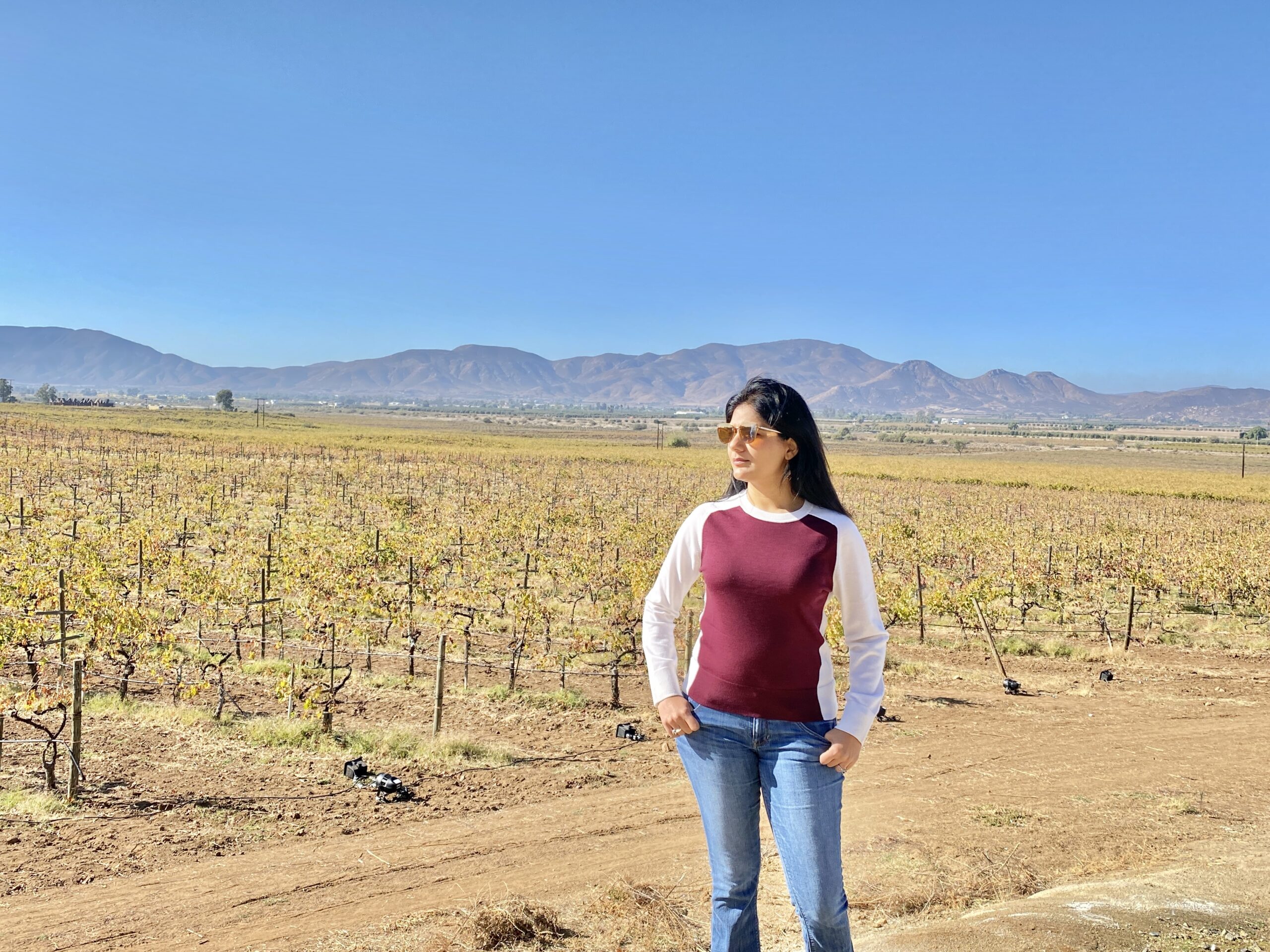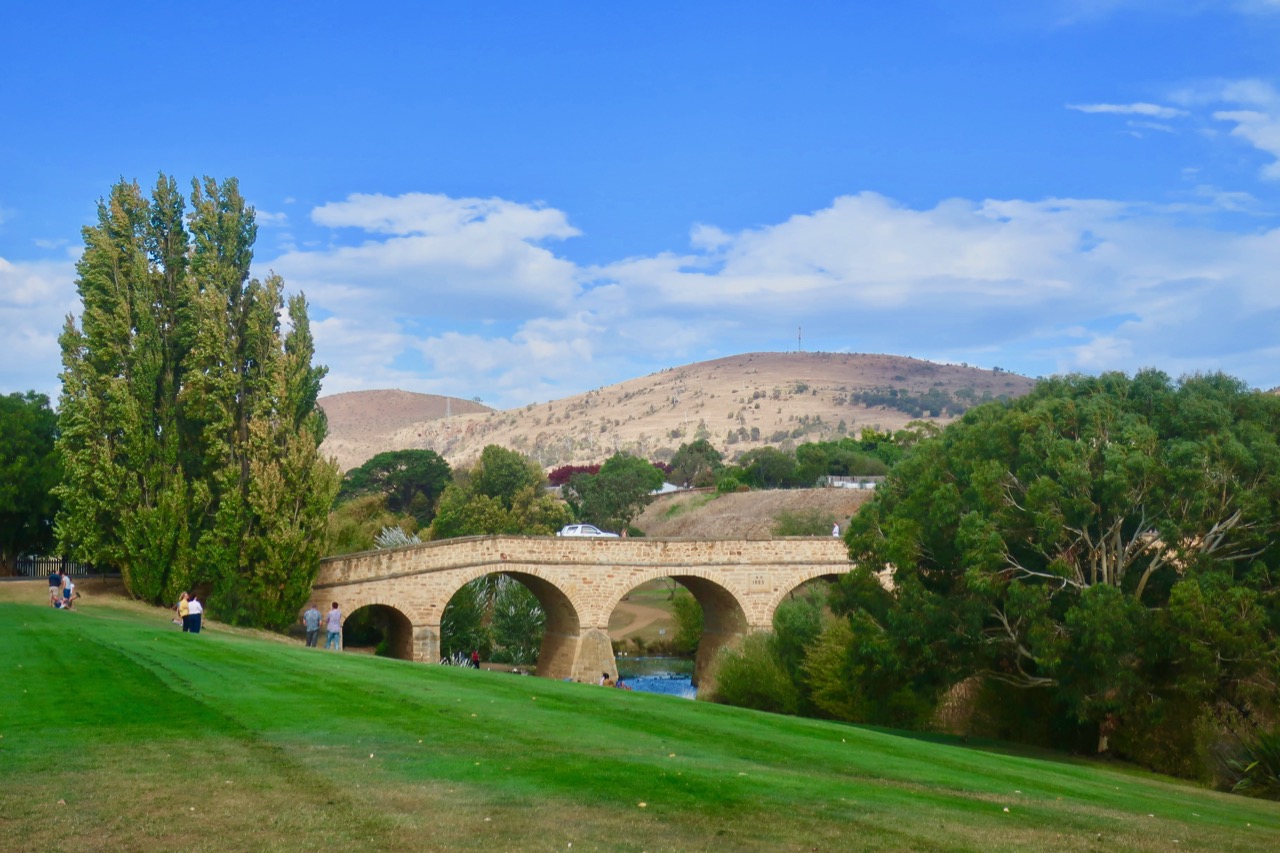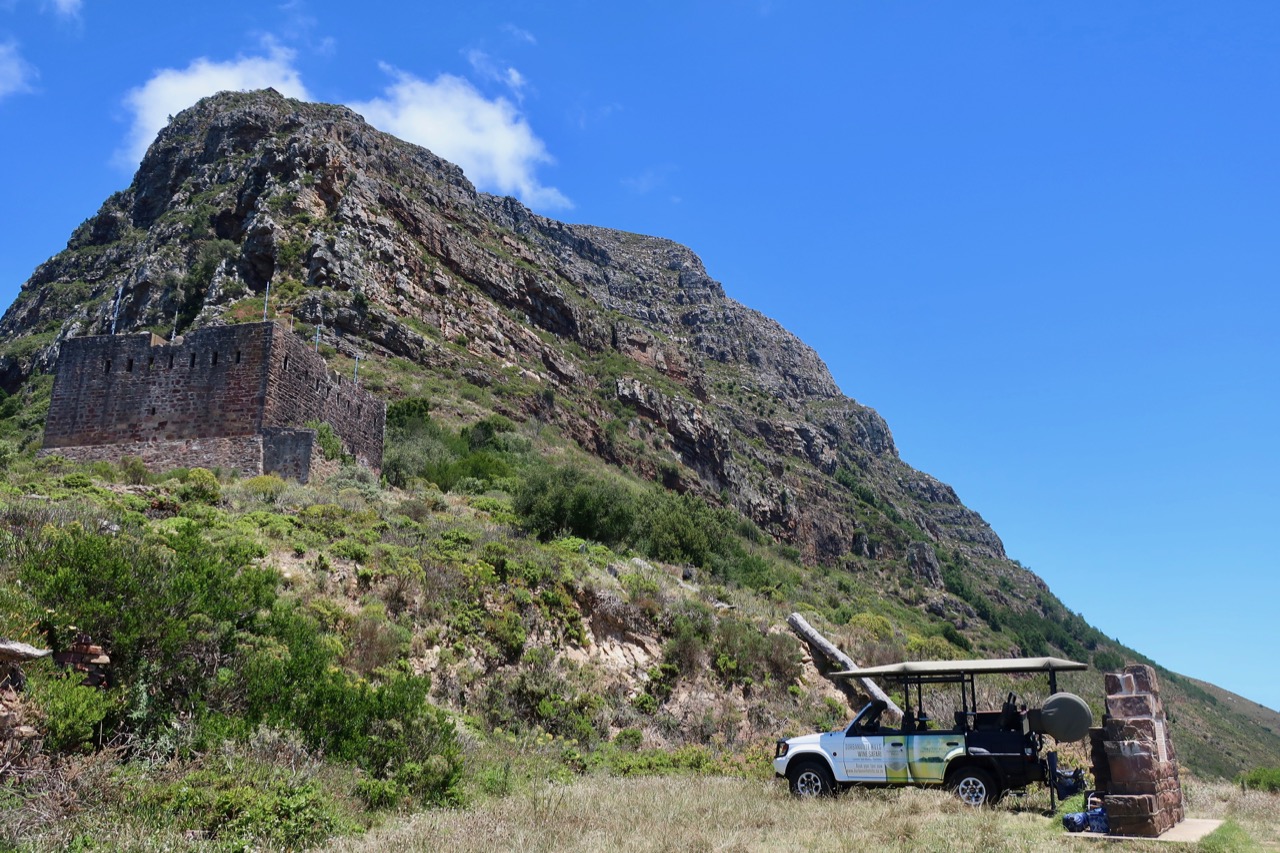
You may have heard of Napa Valley Wine Train or the upscale Sonoma Valley in California. But what if I told you that you can get a similar wine country and fine dining experience at a fraction of the price just south of the border? “Valle De Guadalupe” is an affordable upcoming wine valley of […]

Until recently, my awareness of Tasmania was limited to the Hollywood movie – Lion. I envisioned it to be a cold, remote wet and dark place, with rough seas and bare mountains, leading on to Antarctica. But I was absolutely wrong! Tasmania feels a lot like the Mediterranean, because of its climate, scenery and produce. […]

Take a scenic drive for an alternate way to see Table Mountain in Cape Town with Durbanville Hills Table Mountain Wine Safari.

Who knew rolling hills, open grasslands and beautiful vineyards exist right here in the south, in Georgia? A two hours drive from metro Atlanta, landed me in the midst of the Blue Ridge mountains, home to some of Georgia’s finest winegrowers. For an instant, I felt like I was in Napa Valley. But no, I […]
This weekend, I attended the annually held Dogwood Festival in Atlanta, GA. It’s the time of the year when all the dogwood trees are in full bloom, the spring season is kicking in and people want to get out and enjoy the beautiful weather. The festival is held at Piedmont Park, Atlanta’s equivalent of New […]